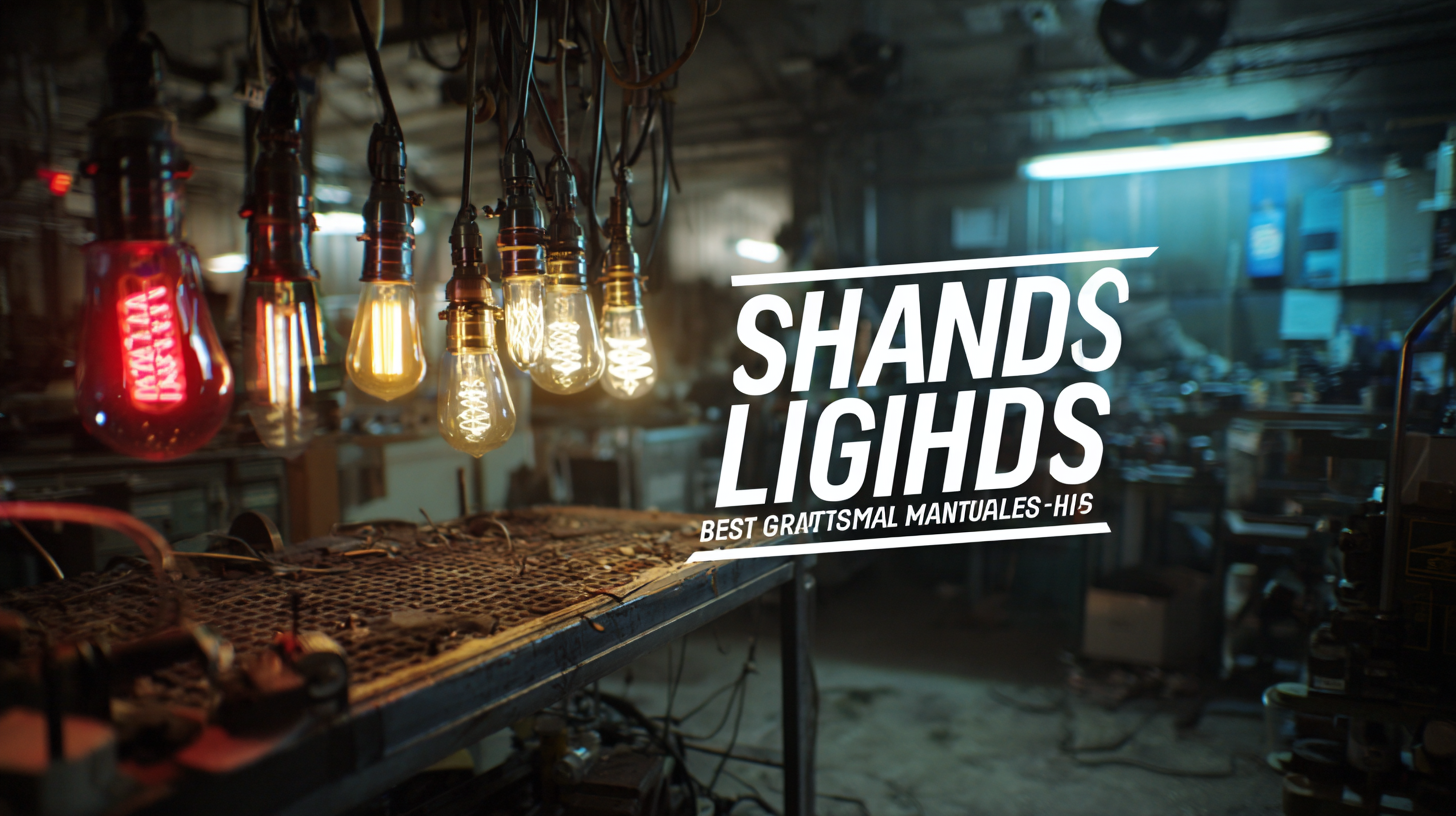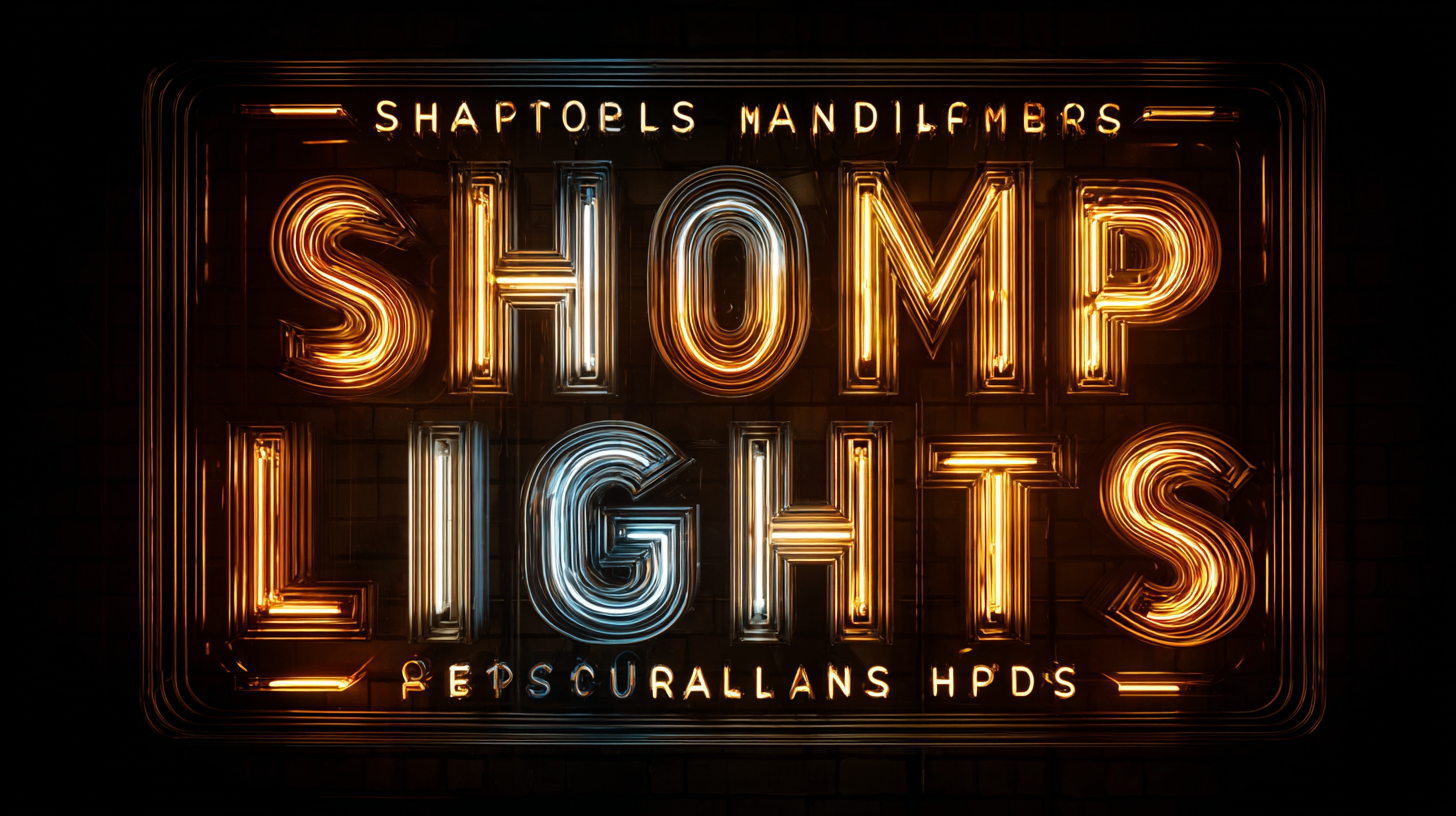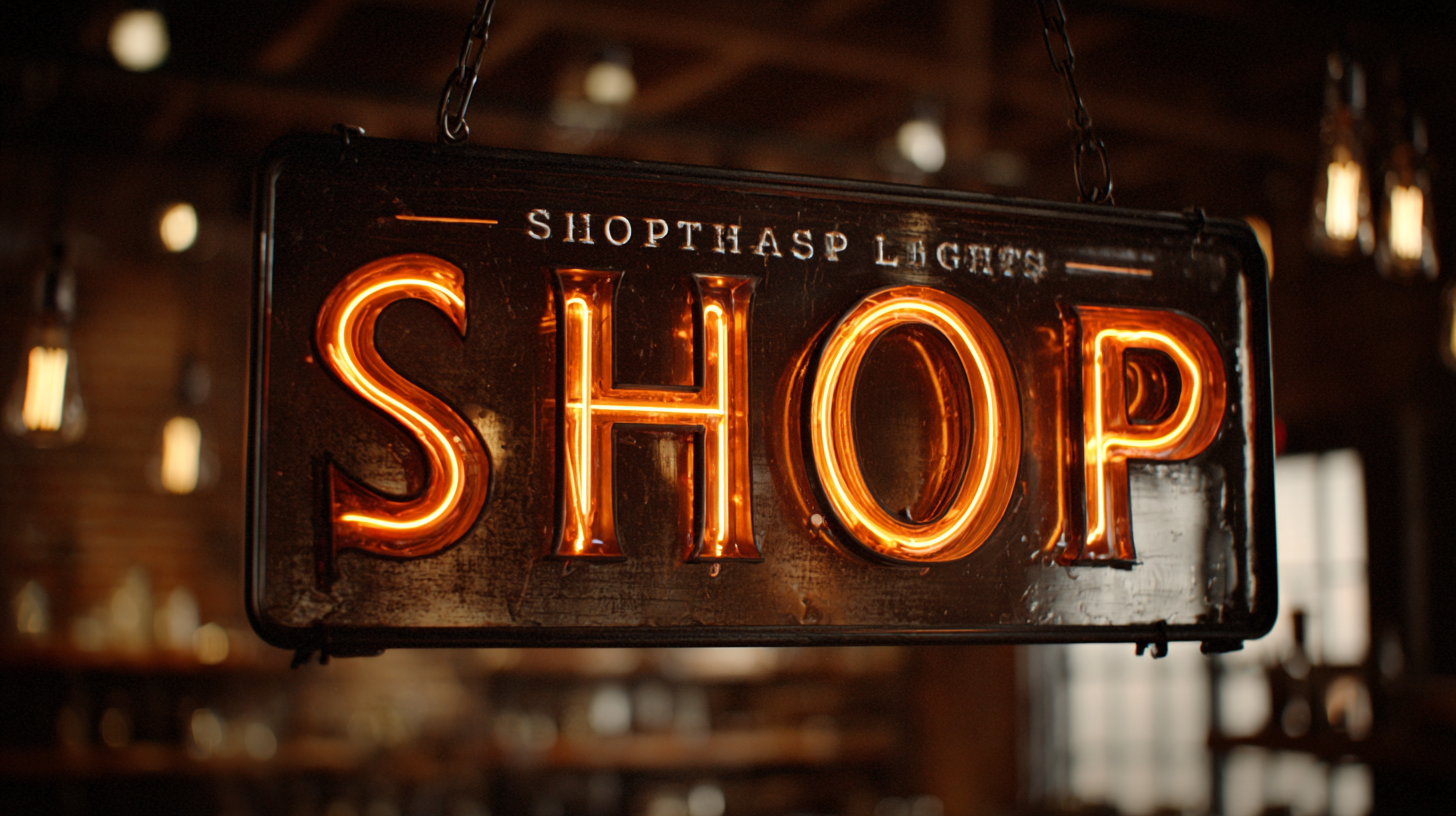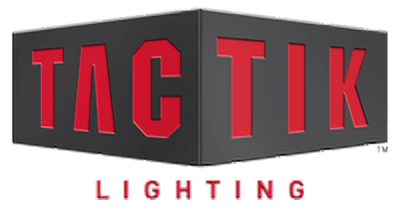Understanding Global Manufacturing Standards for Best Shop Lights
In the evolving landscape of global manufacturing, the significance of adhering to standardized practices cannot be overstated, particularly in the realm of lighting solutions. Shop Lights, essential for various industrial applications, account for a substantial portion of energy consumption, with estimates indicating that commercial lighting systems can comprise up to 30% of a facility's total energy use. According to a report by the U.S. Department of Energy, advancing lighting technologies could lead to energy savings of over 40% by implementing high-efficiency LED shop lights. Moreover, adherence to global manufacturing standards not only ensures compliance with safety regulations but also enhances productivity and operational efficiency. As businesses increasingly strive for sustainability and cost-effectiveness, understanding these standards becomes crucial in selecting the best shop lights for their specific applications. This blog will explore industry case studies, numerical insights, and key reasons why choosing the right shop lights is vital for optimal performance in manufacturing environments.

Types of Shop Lights: An Overview of Key Features and Applications
When it comes to selecting shop lights, understanding the different types available can make all the difference in ensuring optimal functionality and efficiency in a workspace. LED lights, for instance, are becoming increasingly popular due to their energy efficiency and long lifespan. They are ideal for environments that require bright, focused lighting over extended periods, such as warehouses and manufacturing floors. Additionally, LED shop lights reduce heat emission, making them safer for prolonged use.
Fluorescent lights have long been a staple in many workshops due to their affordability and ability to cover larger areas with uniform lighting. These lights are well-suited for garages and retail spaces where broad illumination is necessary. Meanwhile, metal halide lights, known for producing high-intensity light output, are often used in larger industrial applications. They provide excellent color rendering, which is crucial for tasks that require color accuracy, such as paint shops or automotive repair facilities.
Each type of shop light comes with unique features tailored to specific applications, making it essential to evaluate the needs of your workspace before making a decision.
LED vs. Fluorescent: Analyzing Performance Metrics and Energy Efficiency
In the realm of shop lighting, the choice between LED and fluorescent bulbs has significant implications for both performance and energy efficiency. Recent industry reports highlight the efficiency of LED lights, which can consume up to 75% less energy than traditional fluorescent bulbs. According to the U.S. Department of Energy, LED lights not only offer longer lifespans—averaging 25,000 hours compared to the 7,000 hours of fluorescents—but also provide superior lumen output per watt. This means that for the same amount of light, LED fixtures require less power, translating to lower operational costs for businesses.
Moreover, when examining performance metrics, LED technology stands out in terms of light quality and versatility. Studies by the Lighting Research Center indicate that LED shop lights can achieve a Color Rendering Index (CRI) of 90 or above, greatly enhancing visibility and color perception, which is crucial for manufacturing environments. In contrast, fluorescent lights generally average a CRI of 70, potentially impacting quality control measures. As industries lean towards sustainable practices, the shift from fluorescent to LED lighting not only fosters a greener footprint but also ensures enhanced functionality within manufacturing spaces.
Understanding Global Manufacturing Standards for Best Shop Lights - LED vs. Fluorescent: Analyzing Performance Metrics and Energy Efficiency
| Light Type | Lumen Output (lm) | Wattage (W) | Efficiency (lm/W) | Lifespan (hours) | Energy Cost (per 1000 hours) |
|---|---|---|---|---|---|
| LED | 1500 | 20 | 75 | 50000 | $2.40 |
| Fluorescent | 1000 | 32 | 31.25 | 15000 | $4.80 |
Durability Standards: Understanding IP Ratings and Their Impact on Shop Lighting
 When choosing shop lights, it’s essential to consider durability standards, particularly the Ingress Protection (IP) ratings. These ratings provide insights into how well the lighting fixtures can withstand dust and moisture, which are critical factors in ensuring longevity in a manufacturing or workshop environment. For example, an IP65 rating indicates that the lights are completely dust-tight and protected against water projected from a nozzle, making them ideal for spaces that may be exposed to spills or heavy cleaning.
When choosing shop lights, it’s essential to consider durability standards, particularly the Ingress Protection (IP) ratings. These ratings provide insights into how well the lighting fixtures can withstand dust and moisture, which are critical factors in ensuring longevity in a manufacturing or workshop environment. For example, an IP65 rating indicates that the lights are completely dust-tight and protected against water projected from a nozzle, making them ideal for spaces that may be exposed to spills or heavy cleaning.
Understanding these ratings is vital for optimizing safety and efficiency. Poorly rated lights can lead to premature failures, posing risks not only to the equipment but also to the workers. Selecting fixtures with a higher IP rating helps mitigate the risk of electrical failures and diminishes the need for frequent replacements, thus saving time and maintenance costs. In conclusion, understanding IP ratings not only aids in making informed decisions when purchasing shop lights but also enhances overall operational efficiency.
Impact of Color Temperature on Work Environments: Choosing the Right Light Spectrum
Choosing the right color temperature for shop lights is crucial in creating an effective work environment. Color temperature, measured in Kelvin (K), influences not just visibility but also mood and productivity. For instance, cooler light temperatures (5000K to 6500K) mimic daylight and are ideal for tasks requiring precision, such as assembly or detailed inspection. In contrast, warmer temperatures (2700K to 3000K) create a softer atmosphere, which can be beneficial in areas where employees gather or engage in creative work.
**Tip:** When selecting lighting for your workspace, consider using adjustable LED fixtures that allow you to shift between different color temperatures. This flexibility helps optimize lighting to suit various tasks throughout the day.
Proper lighting also minimizes eye strain and enhances overall safety. Ensuring that your workspace is adequately lit with the right color warmth can reduce fatigue and promote alertness.
**Tip:** Incorporate task-specific lighting, such as focused beams or under-cabinet lights, in addition to ambient shop lights. This layered approach not only improves visual clarity but also allows for greater control over the workplace atmosphere.
Impact of Color Temperature on Work Environments
This chart illustrates the optimal color temperature ranges for various work environments to enhance productivity and comfort.
Compliance with Global Manufacturing Standards: What to Look for in Shop Lights
When selecting shop lights, understanding and ensuring compliance with global manufacturing standards is crucial for both safety and efficiency. These standards encompass various regulatory requirements, including energy efficiency, light output, and safety features. For instance, look for certifications such as ISO 9001, which indicates adherence to quality management principles, ensuring that the lights are both durable and reliable. Additionally, compliance with standards like the IEC (International Electrotechnical Commission) helps ensure that the lights meet essential safety criteria, reducing the risk of electrical hazards.
It's also vital to consider the environmental impact of shop lights. Standards such as RoHS (Restriction of Hazardous Substances) and Energy Star certification highlight products that minimize harmful materials and save energy, respectively. When evaluating shop lights, focus on brands that not only meet these global standards but also invest in sustainable manufacturing practices. By choosing compliant products, businesses can ensure a safer working environment while also contributing to broader environmental goals.

